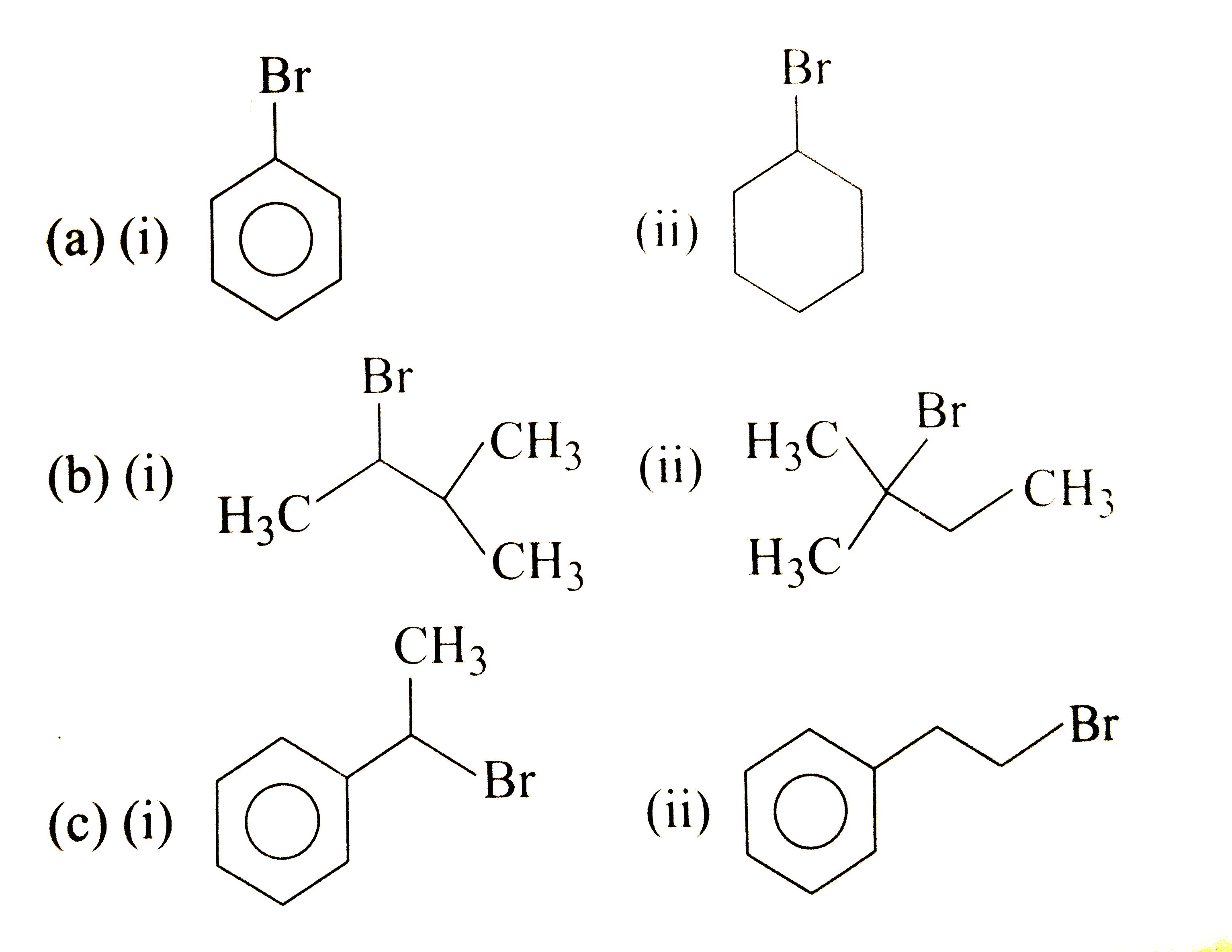The hydrolysis of 2-bromo-3-methylbutane by SN1 mechanism gives mainly:
A
3-methyl-2-butanol
B
2-methyl-2-butanol
C
2,2-dimethyl-2-propanol
D
2-methyl-1-butanol
Video Solution
Text Solution
The correct Answer is:B
|
Updated on:21/07/2023
Topper's Solved these Questions
- BOOK - MODERN PUBLICATIONCHAPTER - HALOALKANES AND HALOARENESEXERCISE - C. MULTIPLE CHOICE QUESTIONS (with more than one correct answers)10videos
HALOALKANES AND HALOARENES
- BOOK - MODERN PUBLICATIONCHAPTER - HALOALKANES AND HALOARENESEXERCISE - D. MULTIPLE CHOICE QUESTIONS (based on the given passage / comprehension)9videos
HALOALKANES AND HALOARENES
- BOOK - MODERN PUBLICATIONCHAPTER - HALOALKANES AND HALOARENESEXERCISE - A. MULTIPLE CHOICE QUESTIONS (with only one correct answer)35videos
HALOALKANES AND HALOARENES
- BOOK - MODERN PUBLICATIONCHAPTER - GENERAL PRINCIPLES AND PROCESSES OF ISOLATION OF ELEMENTSEXERCISE - COMPETION FILE (Integer Type Numerical Value Type Questions)5videos
GENERAL PRINCIPLES AND PROCESSES OF ISOLATION OF ELEMENTS
- BOOK - MODERN PUBLICATIONCHAPTER - ORGANIC COMPOUNDS CONTAINING NITROGEN EXERCISE - UNIT PRACTICE TEST5videos
ORGANIC COMPOUNDS CONTAINING NITROGEN
Similar Questions
Knowledge Check
- Question 1 - Select One
The hydrolysis of 2-bromo-3-methylbutane by SN1 mechanism gives meinly:
A3-methyl-2-butanolB2-methyl-2-butanolC2,2-dimethyl-2-propanolD2-methyl-1-butanol - Question 2 - Select One
The compound that does not undergo hydrolysis by SN1 mechanism is :
AH2C=CHCH2ClBC6H5ClCC6H5CH2ClDC6H5CH(C6H5)Cl - Question 3 - Select One
The compound which does not undergo hydrolysis by SN1 mechanism is:
ACH2=CHCH2ClBC6H5ClCC6H5CH2ClDC6H5CH(CH3)Cl
Hydrolysis of 2-bromo-3-methylbutane (2∘) gives only 2-methyl-2-butanol (3∘). Explain.
View SolutionHydrolysis of 2-bromo-3-methylbutane gives ..... .the major product.
View SolutionWhich one hydrolysis at a faster rate by SN1 mechanism?
 View Solution
View SolutionHydrolysis of 2-bromo-3-methyl butane (2∘) yields only 2-methy-2-butanol (3∘), explain.
View SolutionNeopentyl alcohol reacts with concentrated HBr to give 2-bromo-2-methylbutane. Write the mechanism for the formation of this product.
View Solution


